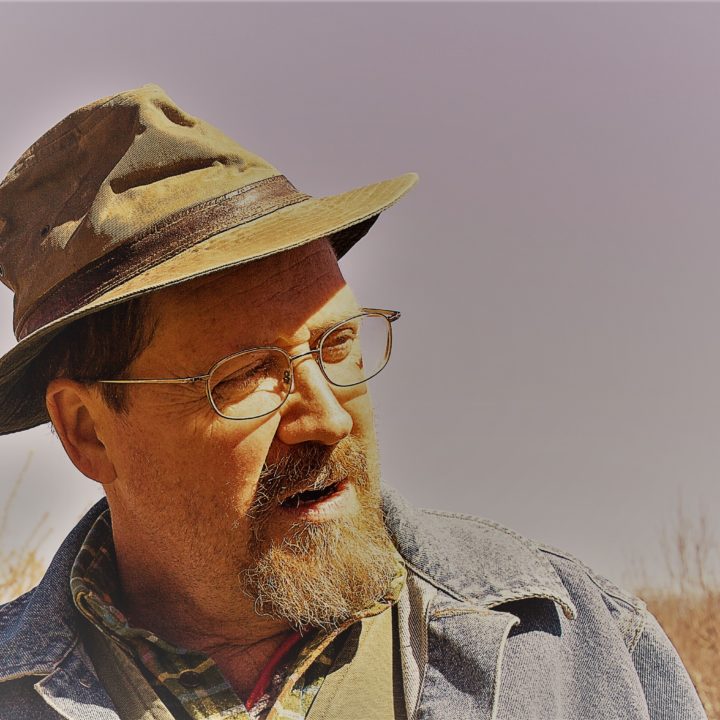Life on the farm has always presented a comforting predictability. A seasonality of changes: winter’s arrival of lambs, marketing of the hogs come spring and fall, the early spring budding of fruits and vines, planting of the first cabbage beginning in late February or early March.
We have built our farming practices around that predictability, erring on the side of caution as suits the natural conservatism of the farmer. We know that September and October are the driest months and that lime can then be spread safely on our hills, and we act accordingly. We have learned to carry over enough hay from the previous year to bed the animals during the cold months. We reserve stores of firewood; we leave pastures fallow. We plan two timetables for the garden starts just in case one planting is lost to weather, disease, or pests. Virtually every decision we make is based on the recurrent rhythms that vary year to year, though always within a framework that is understood.
But now come the unpredictable droughts and deluges. The earth is changing right before our eyes, and we can no longer count on a time to every purpose. The changes cannot be ignored, yet there is only so much adaptability we can accommodate. True, as a small farm we’re able to shift course more easily, even as the smaller boat turns quicker on its keel than the barge. But in times of extreme and erratic turbulence, a different direction does not guarantee entry into a safe harbor. The history of our species teaches us that lesson, and the older geological record hammers the message home with humility.
Friends and family express amazement at our farm’s independence and productivity. Indeed, we do produce all of our meat, most of our vegetables, some of our fruit, and we’ve done so for nearly two decades. Yet this small diverse farm, like everything else on earth, is tied into a vast web of interlocking connections of history, climate, culture, politics, supply chains, and industrial growth. It is impossible to be otherwise. Each external connection impacts our decisions and limits us in ways we only pretend to fathom. Our independence and security are as illusory and elusive as a foothold in the barnyard slurry.
As a farmer, I tend to think in terms of fragility. The newborn lamb, chick, piglet, all need nourishment, water, and warmth to survive and grow. Those are the universal requirements of life. Remove one of the three and fragility is introduced into the equation: death becomes the inevitable outcome. A few days past, I entered the barn only to find a dead lamb, a two-week-old lamb that only half an hour earlier seemed to be flourishing, now unexplainably lifeless, now food for carrion. Fragility.
It is what that word “fragility” represents that most scares me, keeps me awake at night. Its implications ripple out and shake history, culture, and that larger unknown, our sheltering climate (which more and more seems to have been just a window in time). They augur an ocean, churning up waves that threaten to toss us off our little moored raft, into heaving waters, treading until we can tread no more.






